
Aerial photo shows a container vessel sailing into Tianjin Port in North China's Tianjin, Feb 22, 2021. (Photo/Xinhua)
Prioritizing stability while pursuing progress has become not only the focus of next year's economic development, but also a keyword for predictions in China's economic policies and economic performance in 2022.
"Stability" was mentioned 25 times in the press release of the annual Central Economic Work Conference, which was held in Beijing from Dec 8 to 10. According to the meeting, economic work for next year should prioritize stability while pursuing progress.
It was the right choice after analyzing the current economic situation at home and abroad, experts said when interviewed by Shanghai Securities News, adding that more efforts should be put into the unity of thought and action, to promote high-quality development for China's economy and long-term stability.
The reason that "stability" was emphasized in the key economic meeting is that some instability factors exist, said Yang Chengzhang, chief economist at Shenwan Hongyuan Securities. Currently, China is facing double targets to achieve stability in the economy and society, and should realize social stability through economic stability.
For next year's economic work, prioritizing stability while pursuing progress is the right choice for the central government, said Teng Tai, director of WANB Institute.
In the key economic meeting, China's top leadership acknowledged that the country is facing a threefold pressure from contraction of demand, supply shocks and weaker expectations.
Some developed nations, represented by the United States, is facing unprecedented inflationary pressure right now, Teng said, adding that the Chinese government should seize the opportunity during a period when overseas inflation is transmitted into the domestic market, to put more efforts into maintaining stable growth.
China will continue implementing proactive fiscal policies and prudent monetary policies for steady economic progress next year, according to the meeting.
It sends a signal of marginal easing monetary policy, said Tang Jianwei, chief researcher at Bank of Communications' financial research center. "In the future, easing credit is expected to be a priority."
The proportion of coal in China's total energy consumption dropped from 72.4 percent in 2005 to 56.8 percent in 2020. However, coal is still the primary energy source, and it is difficult to see any change in this energy structure in the short term, said Mao Tao, director of the international cooperation department under the Center for International Economic and Technological Cooperation.
The replacement of traditional energy cannot be done in one go, Mao said, adding that effective use of coal should get more attention while developing new energy policies.









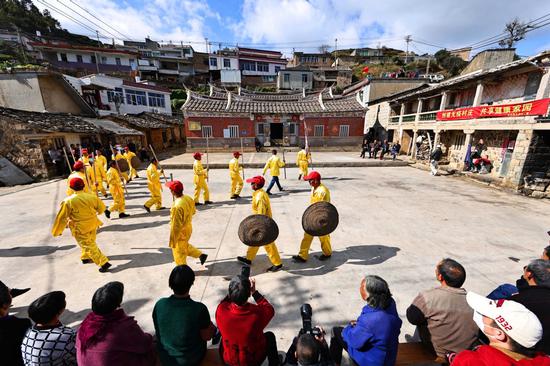


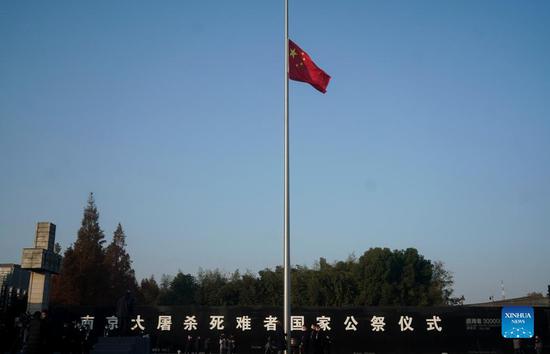


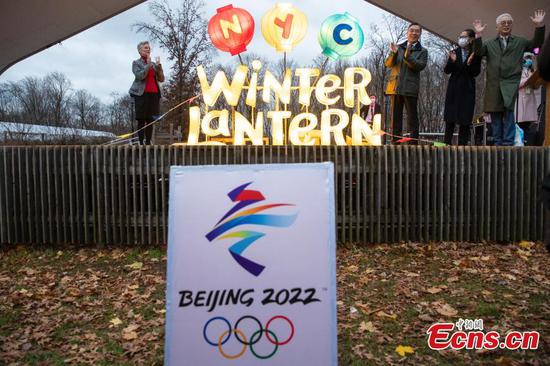


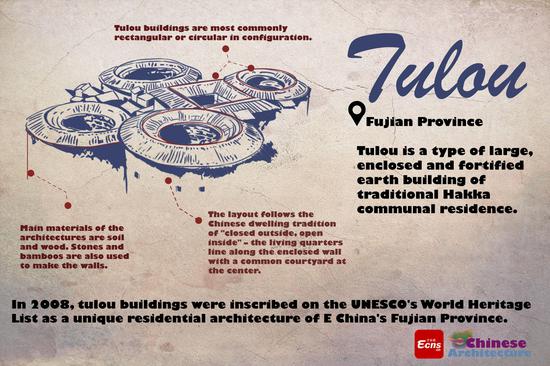
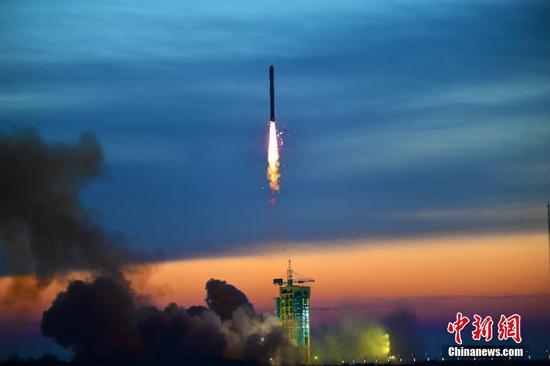

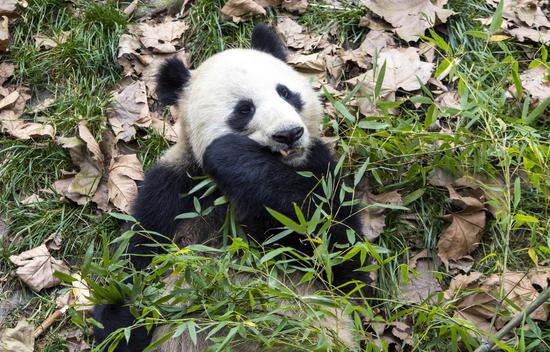

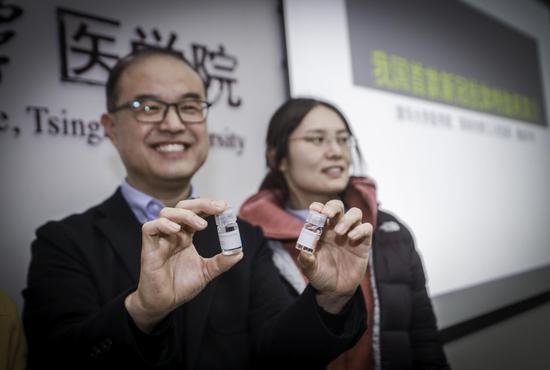

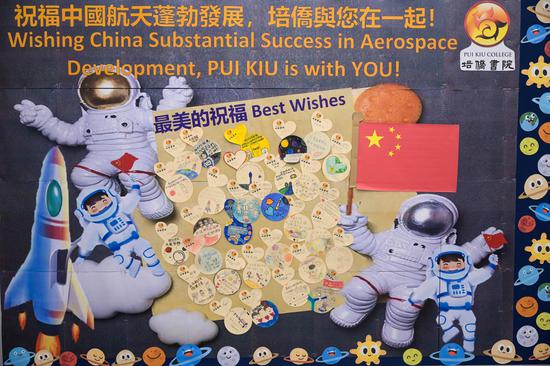
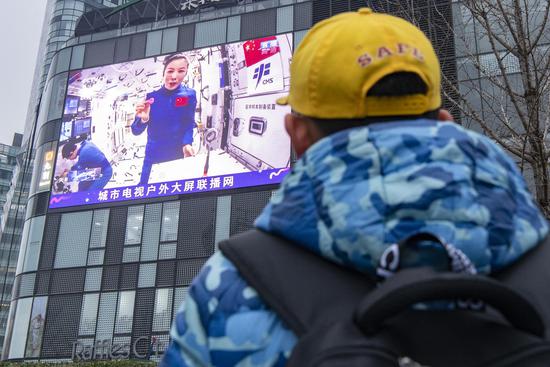
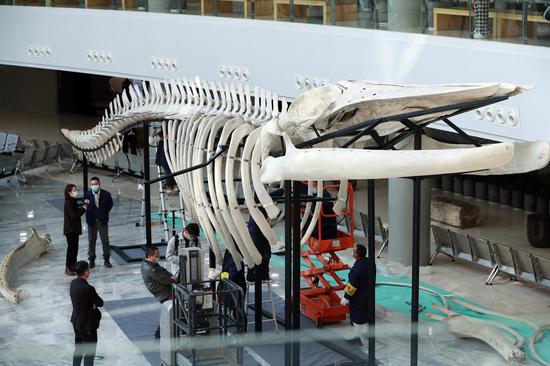

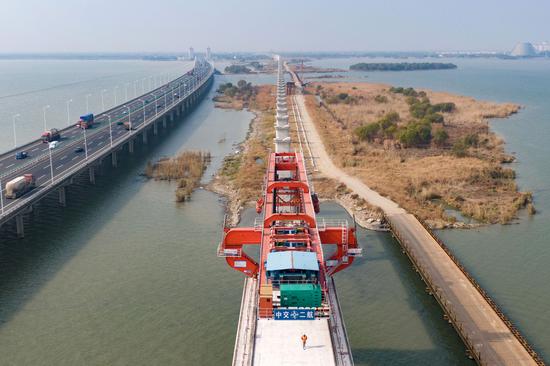
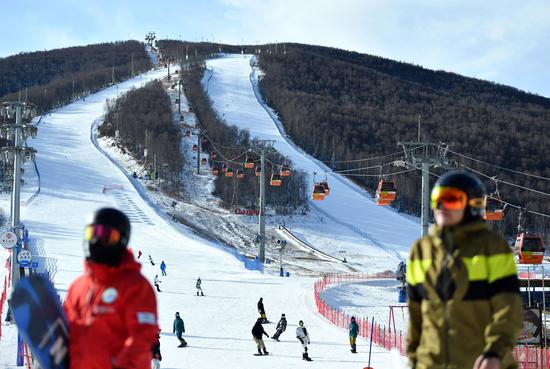
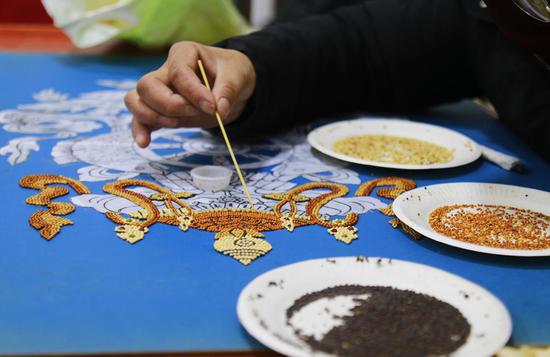




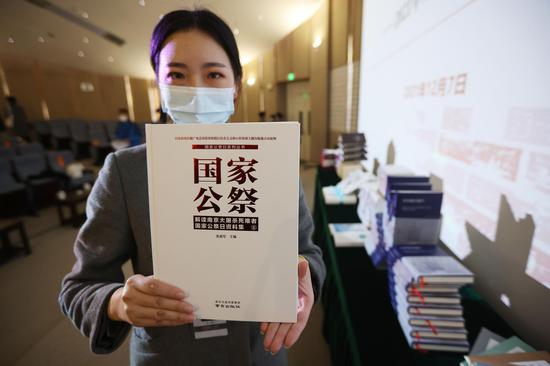


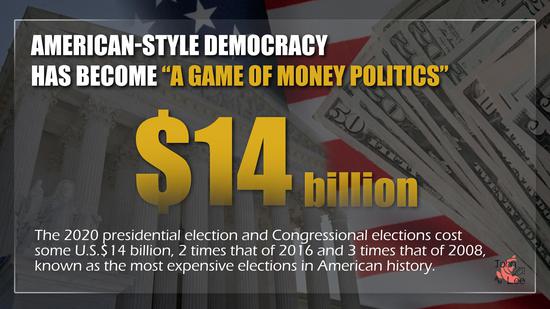


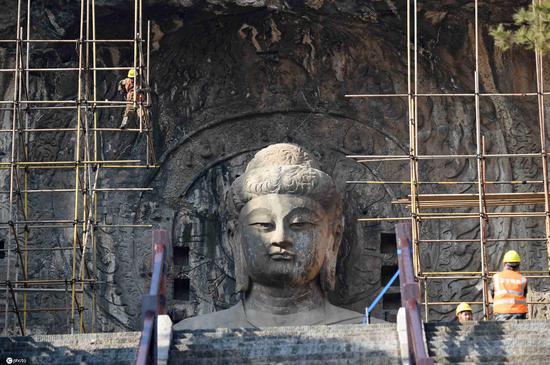

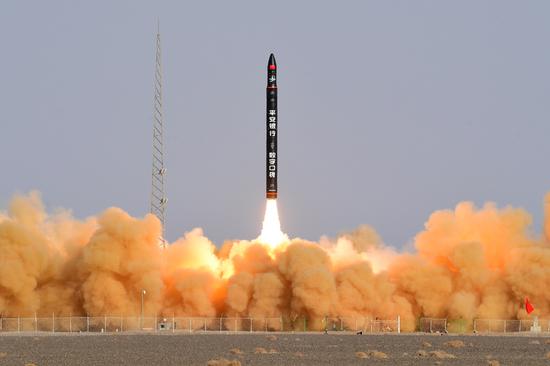





 京公网安备 11010202009201号
京公网安备 11010202009201号